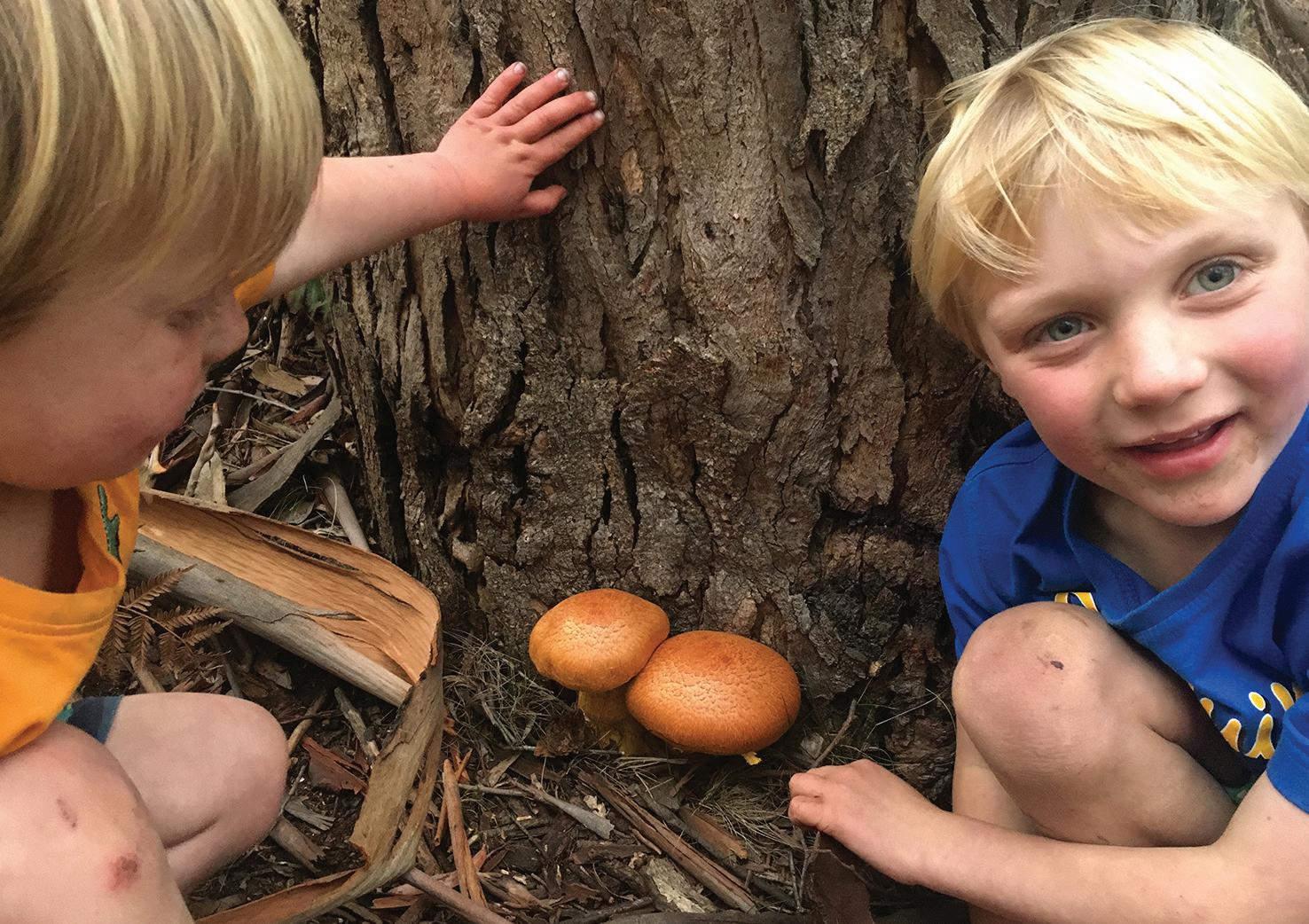Boobook owls are often heard calling in Hobart. Photo: © Eric Woehler, BirdLife Tasmania
Who gives a hoot for Hobart’s owls? N
ot all Hobart residents embrace the light. Some only make their way out at night. Owls belong to this secret nocturnal society, flitting silently through our forests, striking fear into the hearts of small furry animals while the rest of us are snuggled up under our doonas. Hobart is home to two true owls – the Tasmanian masked owl (Tyto novaehollandiae castanops) and the Tasmanian boobook (Ninox leucopsis). The Tasmanian masked owl is an endangered species – there are thought to be as few as 1000 in the entire world. Rarely seen, you may sometimes hear them in the bush, cackling like kookaburras on helium, or screeching like avian banshees. Their heart-shaped faces act
Bandicoot Times
Nicole Gill Team Leader Bushcare
as feathery satellite dishes, channelling even the faintest whisper of a bandicoot’s sneeze into their offset ears. Masked owls eat birds and insects, but can also take quite large prey, including rabbits and pademelons. Their astonishing hearing allows them to catch moving prey even in complete darkness. Most sightings of masked owls come from our bushland reserves – they’re known at Knocklofty, Wellington Park, Waterworks and Mount Nelson – but in 2014 an inexperienced young masked 4
owl was seen perching in a tree out the front of the Tasmanian Museum and Art Gallery.
Boobook, mo-poke or ru-ru? The more common Tasmanian boobooks are often heard calling in Hobart – their distinctive twonote has given rise to a number of onomatopoeic common names: boo-book! mo-poke! ru-ru! morepork! A small owl with piercing yellow eyes and mottled cream and brown plumage, boobooks prey largely on smaller creatures – mammals, birds and invertebrates – and like the masked owl, they move silently through the night on delicately fringed wings. Scientists looking for owls in forest Winter 2020 | No 77








